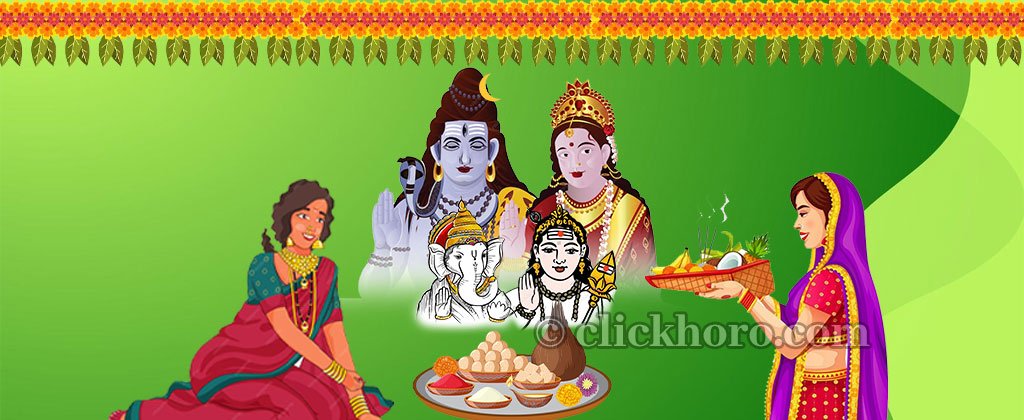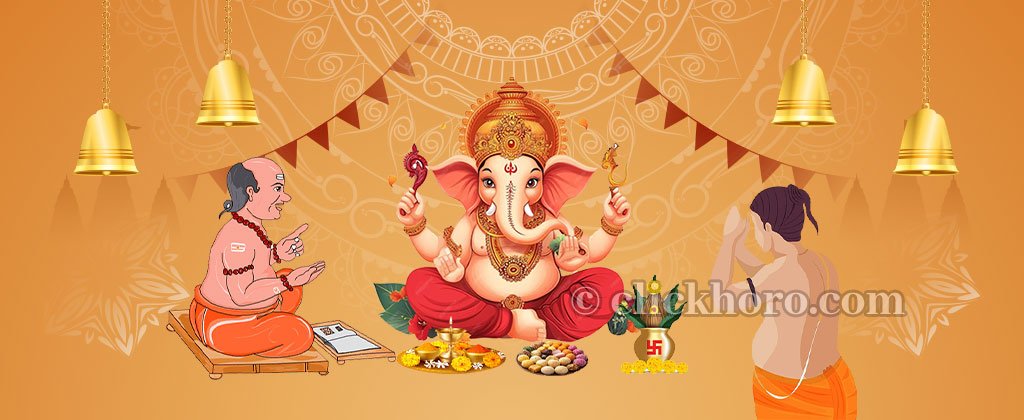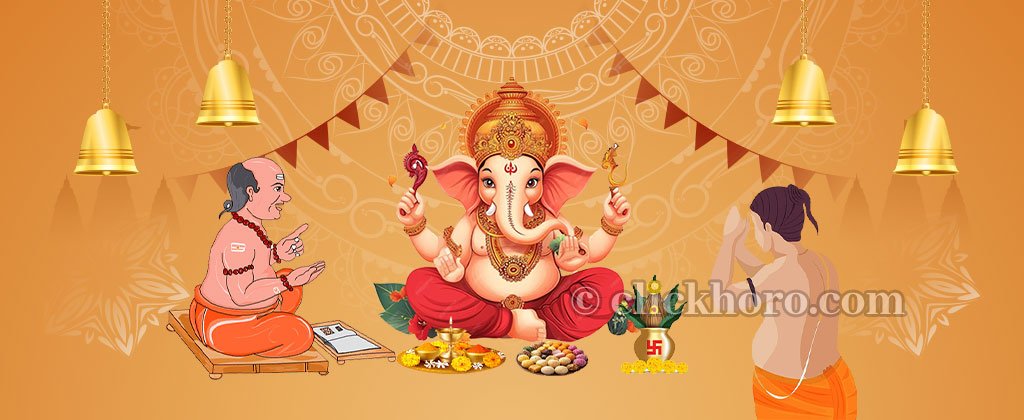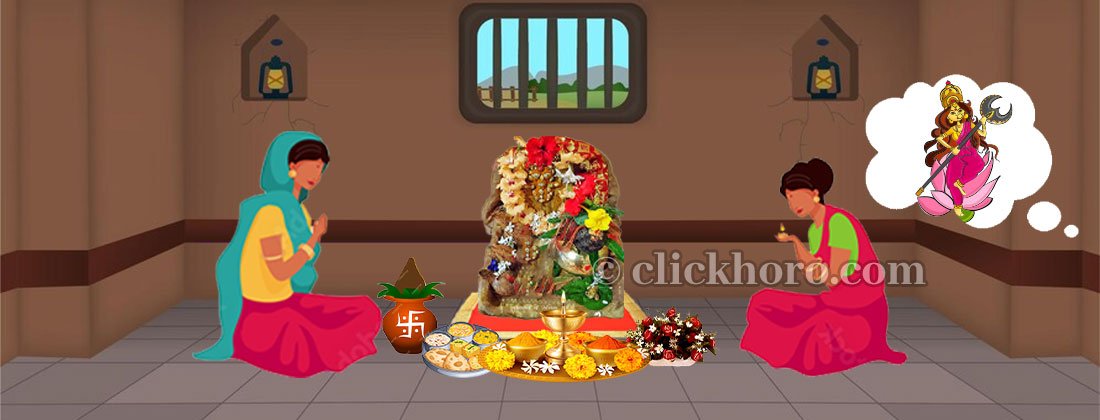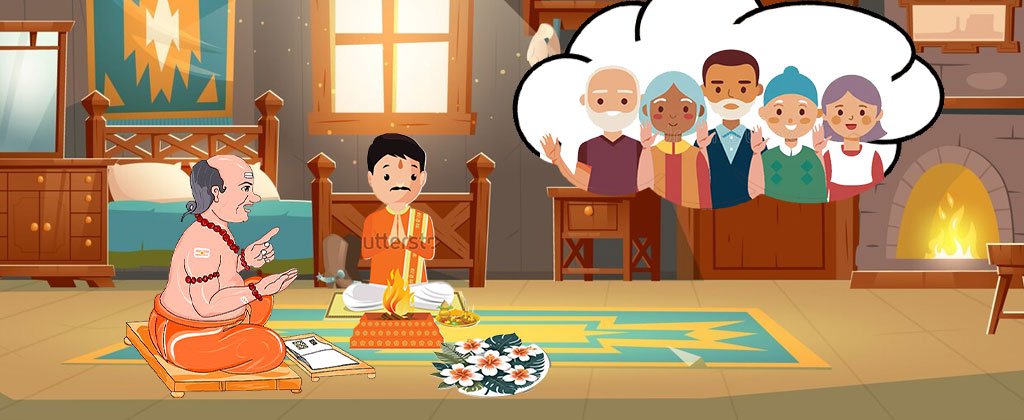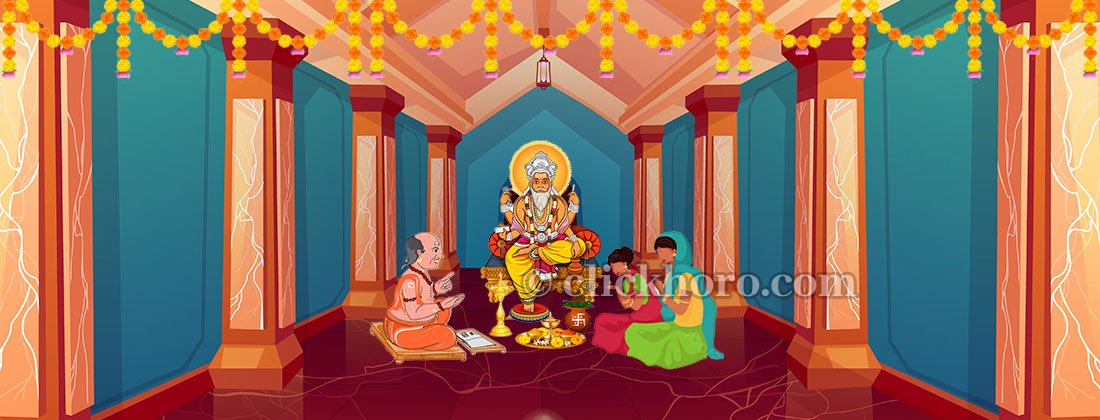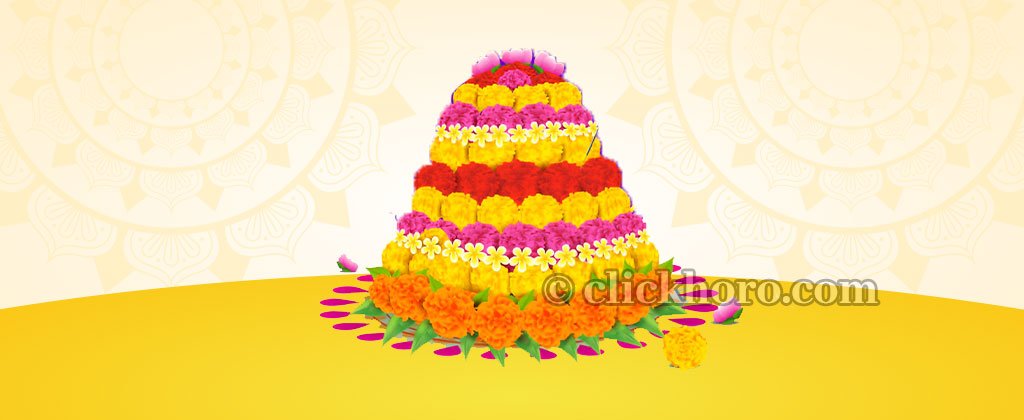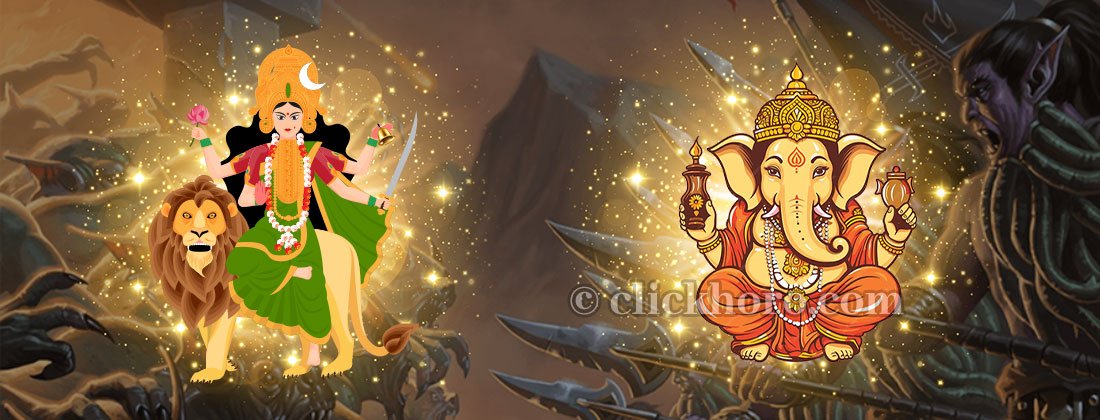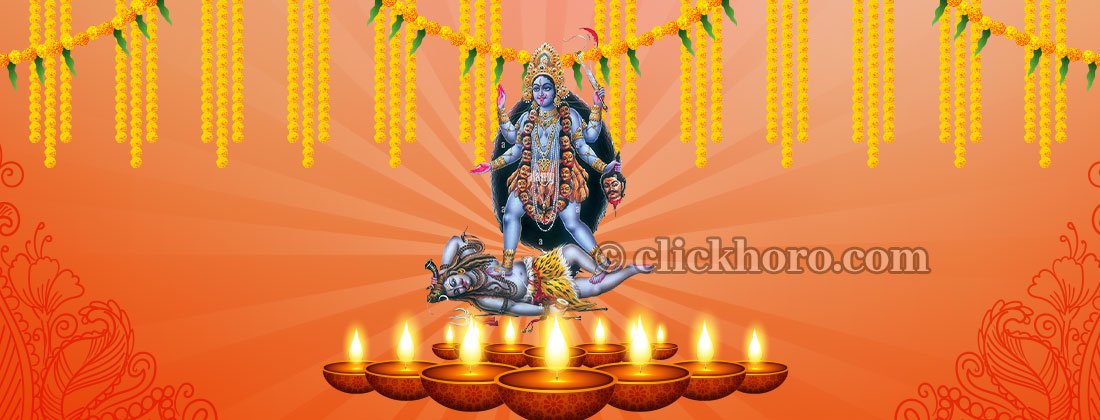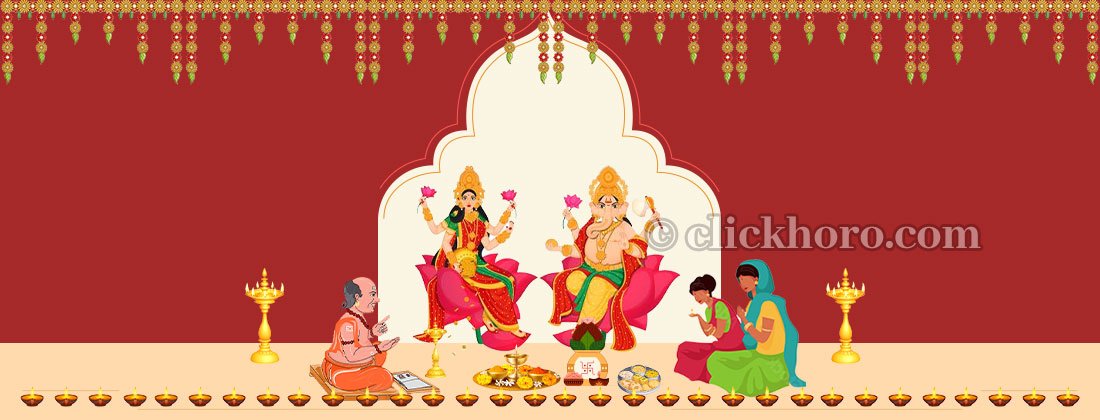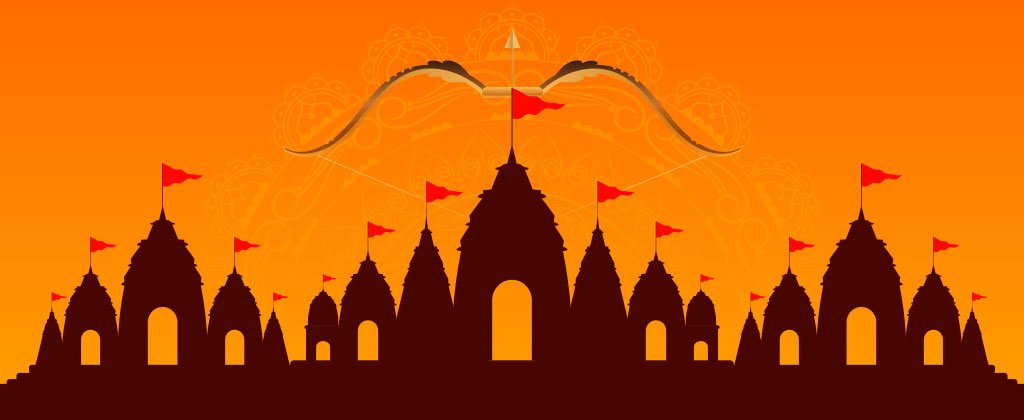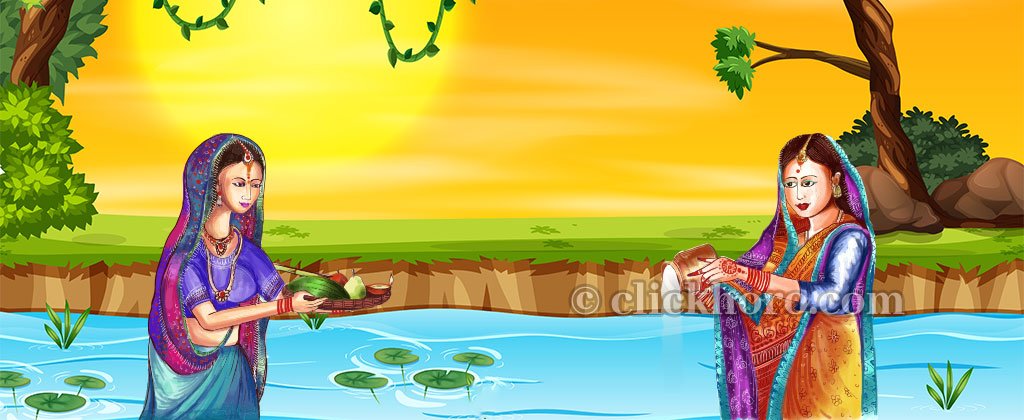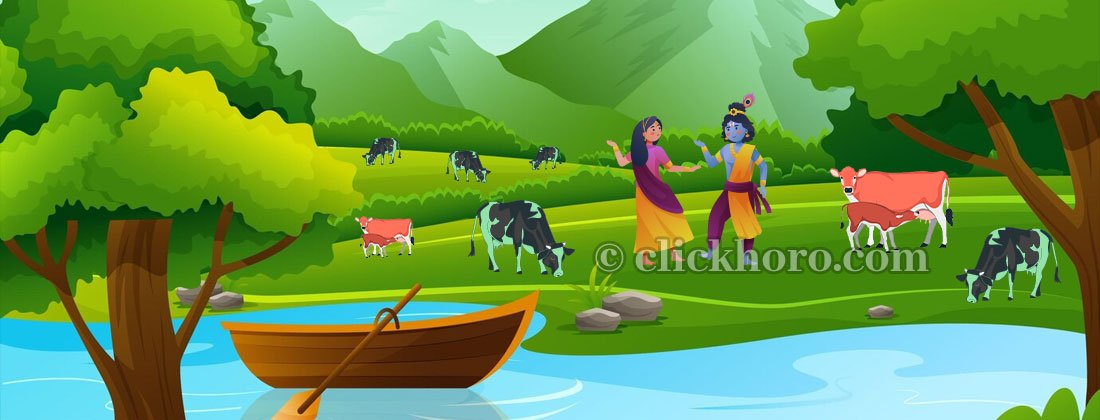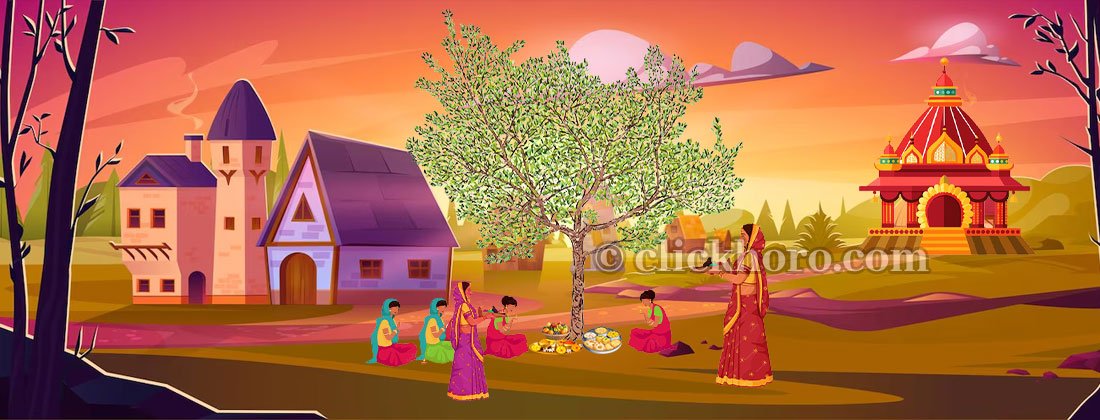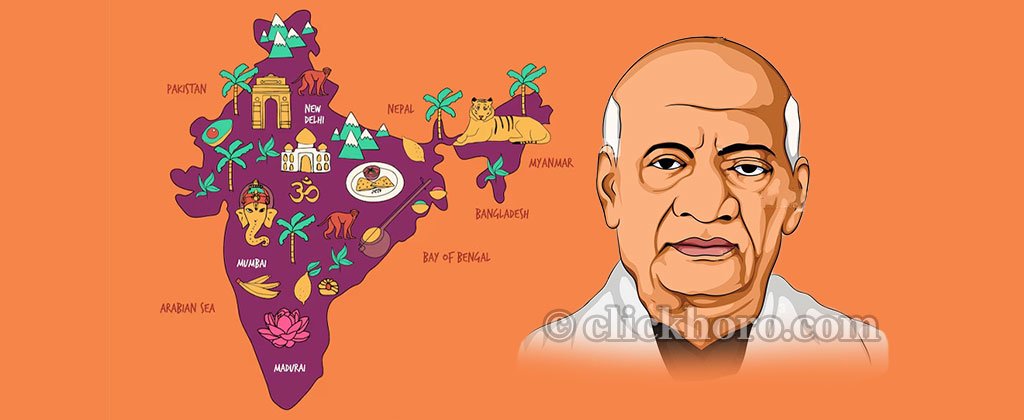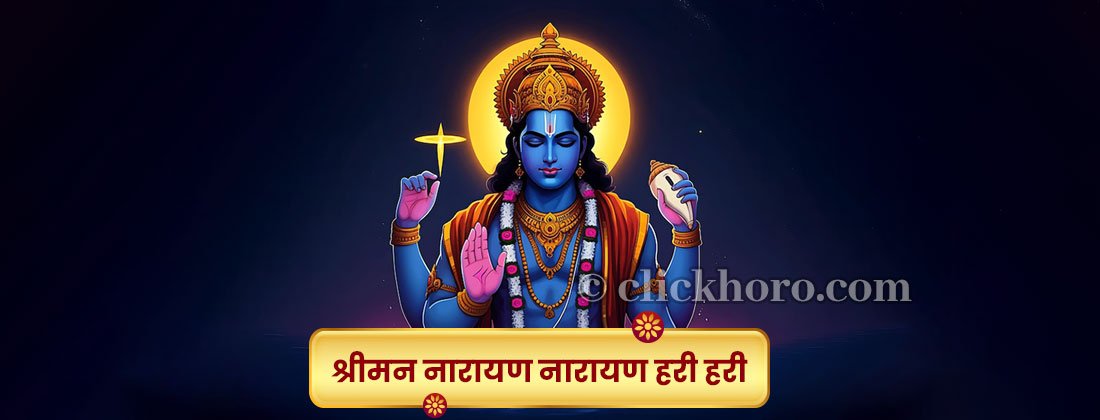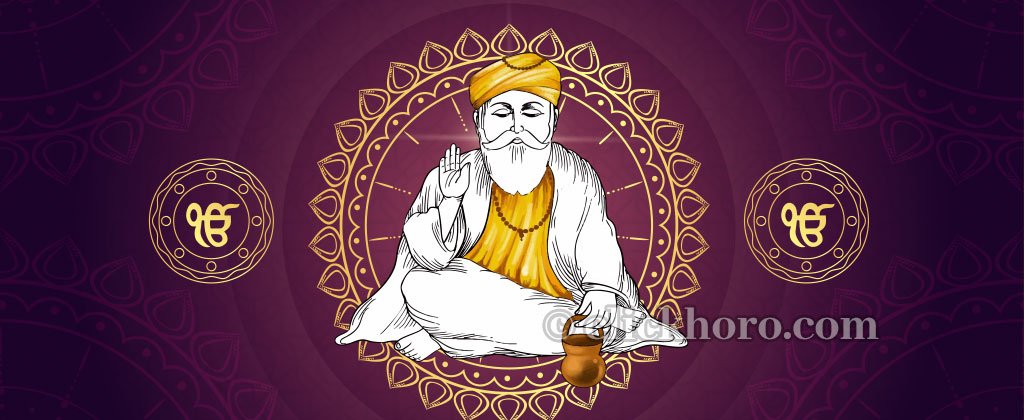Sudasha Vrat
09 Jan, 2025
Thursday

Sudasha Vrat on 09-01-2025
Tithi Begin Time:
00:00:00
Tithi End Time:
00:00:00
Muhurat Start Time:
02:08:00
Muhurat End Time:
12:22:00
About Sudasha Vrat 2025
What is Sudasha Vrat(सुदशा व्रत)
Sudasha Vrat is a unique Upavas or fast observed in Odisha. Sudasha Vrat is observed when there is a rare coincidence of Shukla Paksha, Thursday and Dashami in the Odia calendar. Sudasha Vrat is dedicated to Goddess Lakshmi. This Vrat is mainly observed by women for the well-being of the family.
Sudasha Vrat Puja Vidhi
Puja Preparation Legends believe that Goddess Lakshmi resides in homes where cleanliness prevails, so a night before the puja, the entire house is thoroughly cleaned and a solution of cow dung water is sprinkled all over the house for purification.
After it dries, women draw colourful rangoli and jhoti all the way from the entrance of the house. The next morning, before sunrise, preferably during Brahma Muhurta, the rituals begin. The idol of Goddess Lakshmi is placed on a small wooden pedestal.
The main ritual involves tying a sacred thread on the hand by women. The thread is replaced only during the next Sudasha Vrat. Ten knots are tied in the thread, chanting 10 different names of Goddess Lakshmi. The woman keeps the thread in her hand until the next Sudasha Vrat, then it is replaced with a new Sudasha Vrat.
A Kalash filled with water is placed on top of the paddy. A mango twig with ten leaves, cleaned thoroughly, is placed on top of the Kalash. Historical belief of the puja According to folklore, Sudasha Vrat has been practiced by women since the Satya Yuga.
10 knots are tied while chanting these names of Maa Lakshmi and the names of those 10 knots are as follows:
- First knot – Lakshmi Narayani,
- Second knot – Kaman,
- Third knot – Shrihari Priya,
- Fourth knot – Padmalaya,
- Fifth knot – Kamala,
- Sixth knot – Chanchala,
- Seventh knot – Bighnaseni,
- Eighth knot – Sindhura Dulani,
- Ninth knot – Durgati Nashini and
- Tenth knot – Vishnu Patarni
Sudasha Vrat which is a part of the culture of Eastern India is observed by some communities on Dashami day in the Shukla Paksha of Bhadra month.
Only married women participate in this fast. Married women in Odisha observe Sudasha Vrat on the auspicious date of Shukla Paksha, Thursday and Dashami. On this day, married women of the households observe fast for the whole day and a Vrat soaked in turmeric water is tied on the right hand of the women. Before tying the Vrat, ten knots are tied on the thread while chanting ten different names of Goddess Lakshmi. Which we have already explained. Early in the morning, ten balls of mashed chenna mixed with banana, grated coconut and jaggery are made and offered to the goddess, ten Manda Pitha in the afternoon and before evening Pana juice is offered which is a juice mixed with banana, coconut, jaggery, black pepper etc. As a part of the bhog ritual, the holy vrat should be tied on the right hand of women until the next Sudasha vrat. After which the vrat is replaced by a new one.
Ten flowers, ten Manda Pitha, ten chenna bhog, ten duva and the same number of amla leaves and rice grains are offered to Goddess Lakshmi.
Sudasha Vrat Story(ସୁଦାଶା ବ୍ରତ କଥା)
There was a king in a kingdom named Vikramasena. His wife, Queen Ratnabati and minister Trikuteshwar's wife, Padmabati, while strolling together, saw a group of Apsaras performing the Sudasha Vrat ritual. Out of curiosity, they asked them about its significance. Without wasting much of their time, the Apsaras explained to the two the significance of the puja and the rituals and how they invoke Goddess Lakshmi for prosperity, wealth and well-being.
Ratnabati and Padmabati decided to perform the ritual on the auspicious date of Shukla Paksha, Thursday and Dashami. Once Ratnabati could not find her holy vrat anywhere.
“Trikuteshwar” saw his wife worried and not eating for three consecutive days, after which he approached the queen to ask for an old vrat. After much reluctance, he gave up obeying the king's command. Some ime after the incident, the king lost his kingdom and was forced to beg for a living.
The couple took up a modest job at a merchant's house. While the king helped with farming, the queen would help out with household chores. The following year, the merchant's wife and the king's wife decided to follow the rituals of the vrat wholeheartedly. Now the hard days were far behind and the king was able to regain his kingdom once again.
The offerings made to Goddess Lakshmi include pithas like manda, kakra, enduri, arisha, etc. These are all items are made in white rice, along with sweet dishes like Kheer, Rasgulla, Gajak, Curd, Malpua, Rasabali, Rasmalai, and other items like Chenna-Gud, Dhanu Muan, Khichdi. These are first offered to Goddess Lakshmi. Here I would say, not necessarily, you have to also offer all these things to the goddess, you can offer as per your capability as well as faith and devotion, then these naivedyas are distributed among the family members.
It is said that by observing Sudasha Vrat, big problems are removed and with the grace of Mahalakshmi good times and prosperity come then.

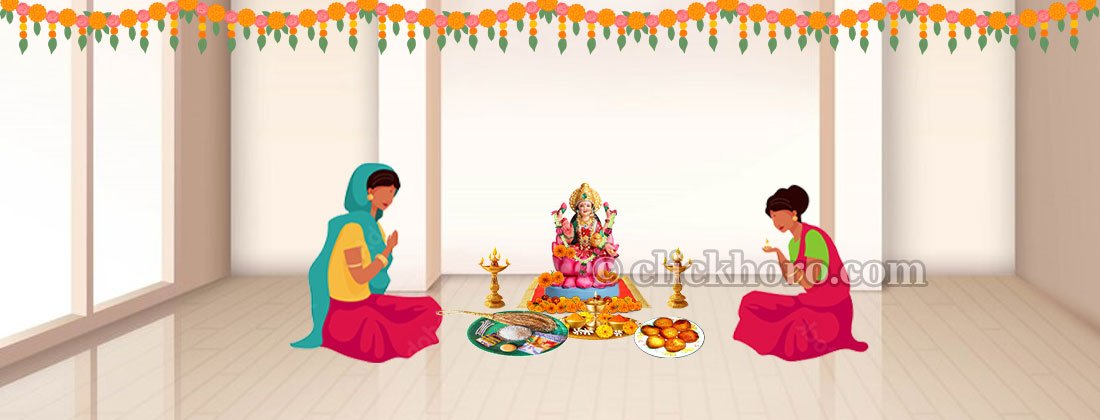




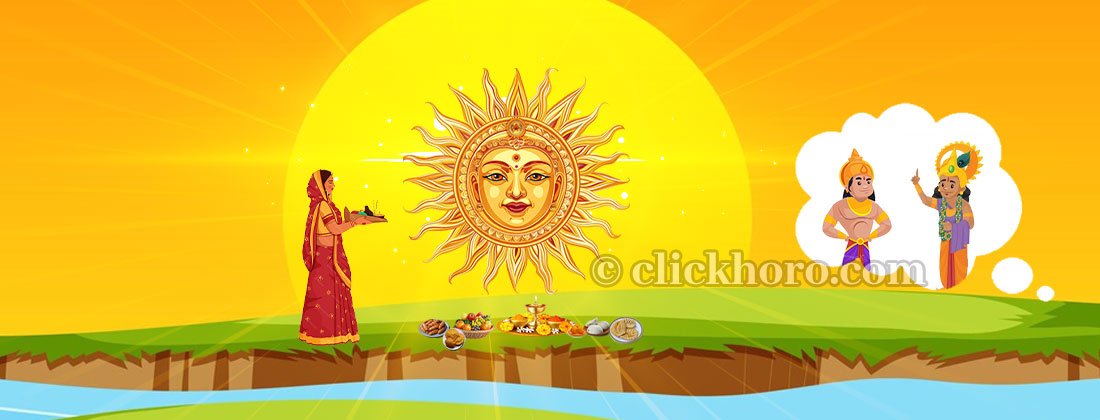

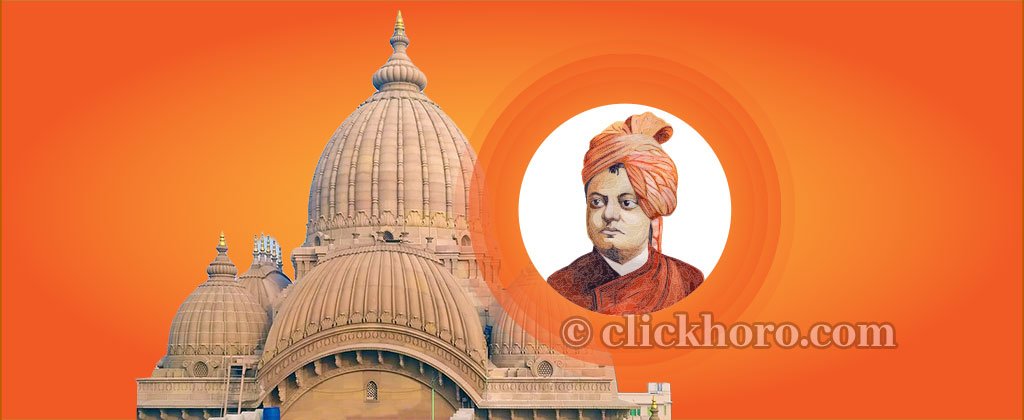


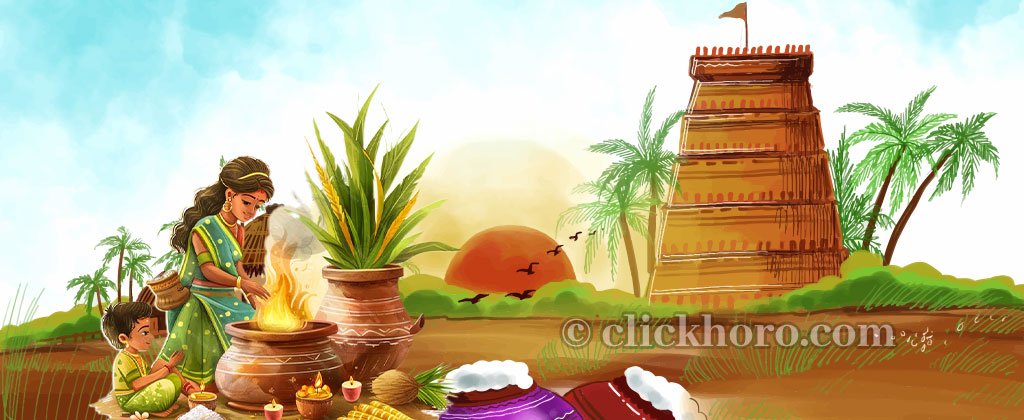

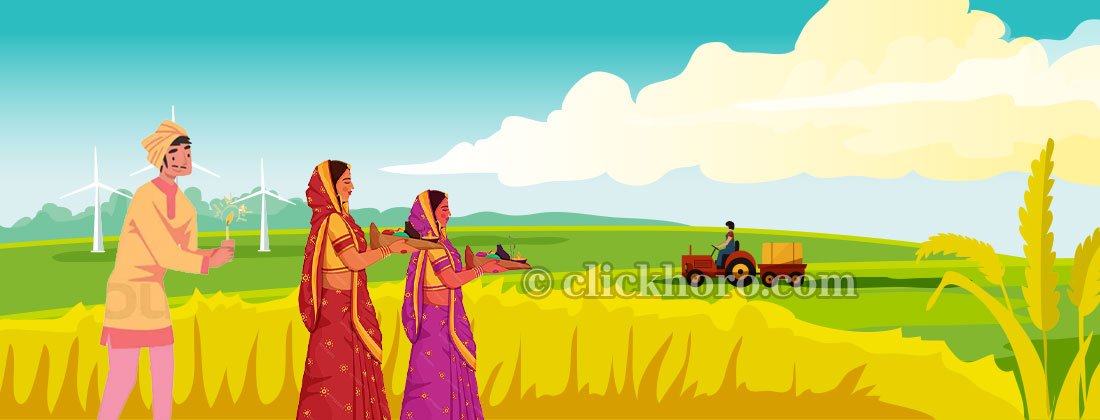
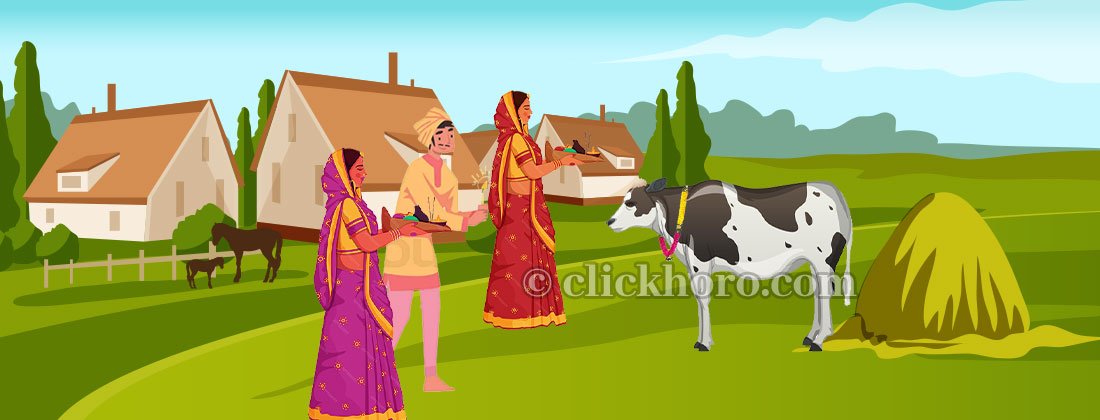
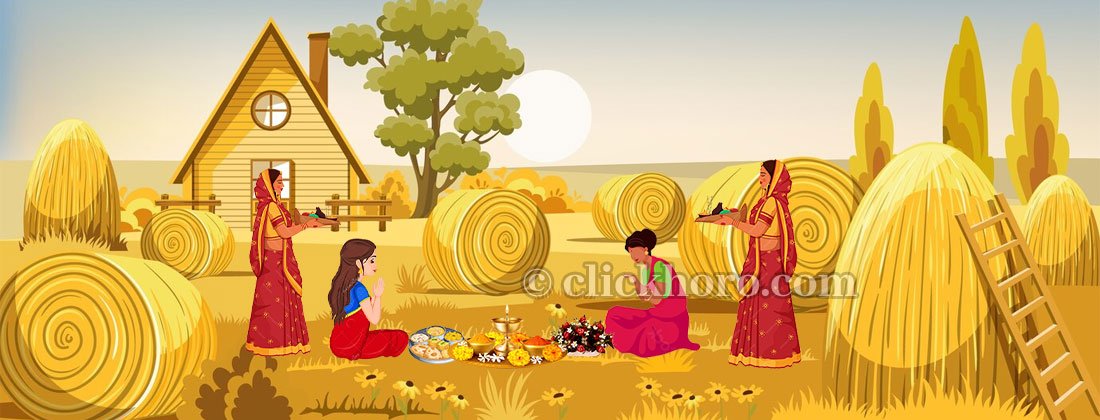
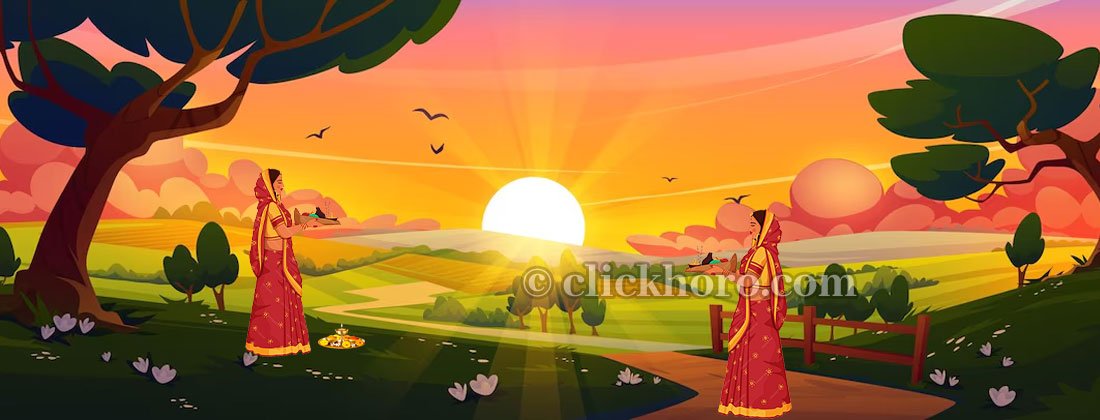
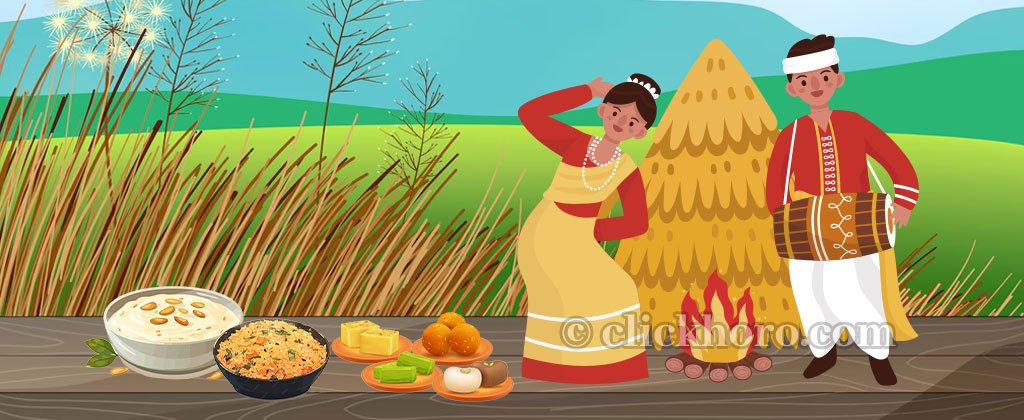
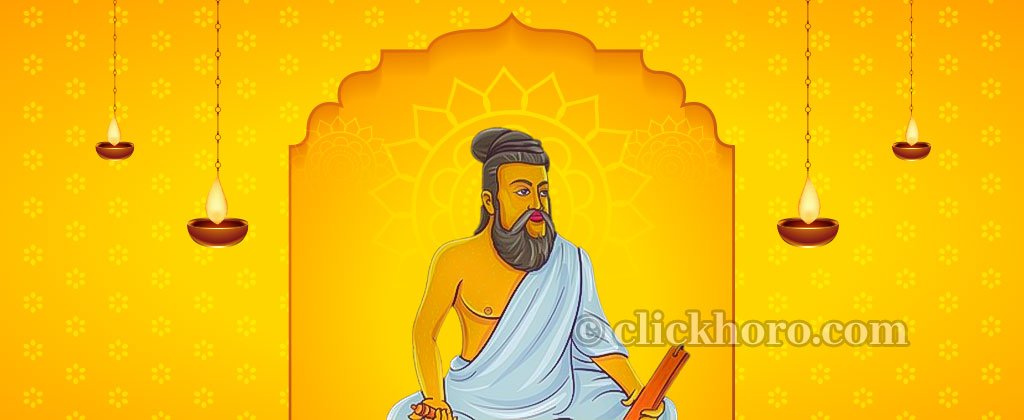
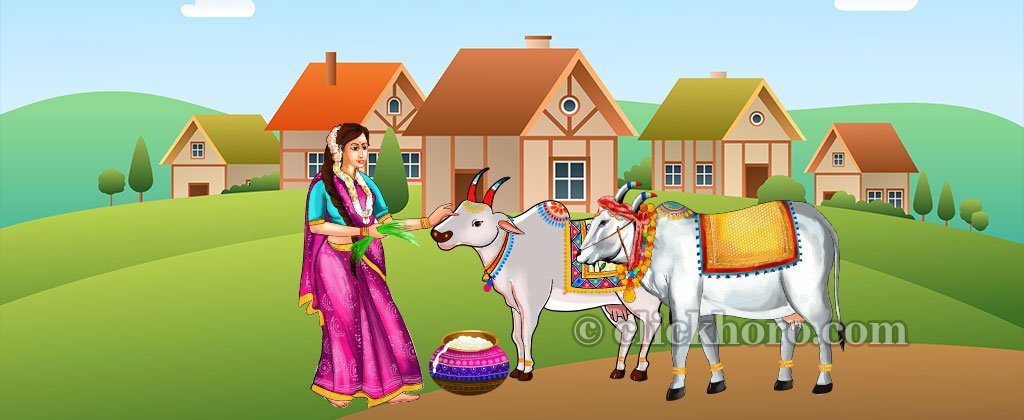
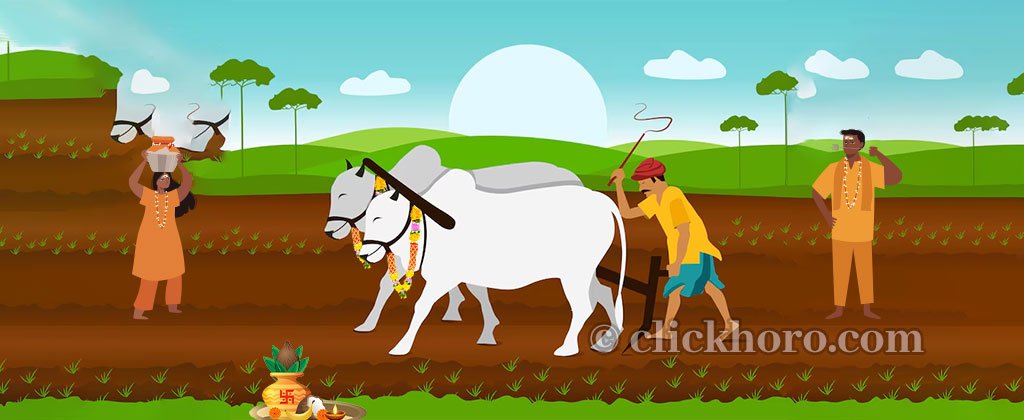

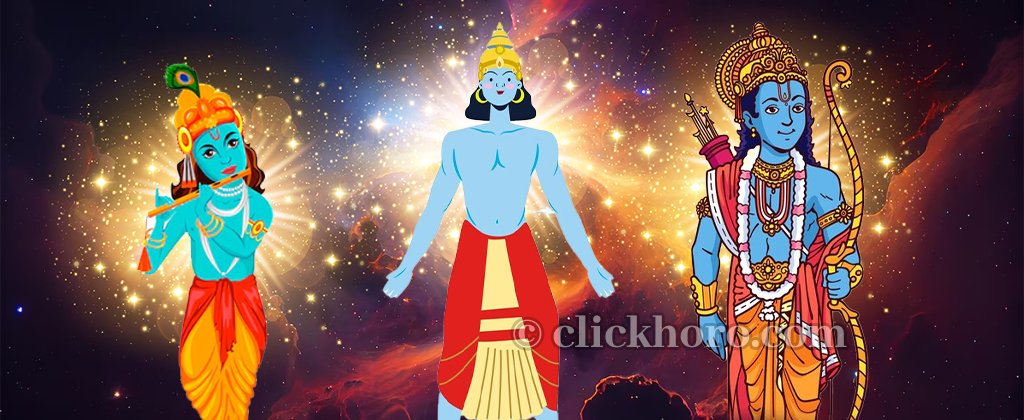






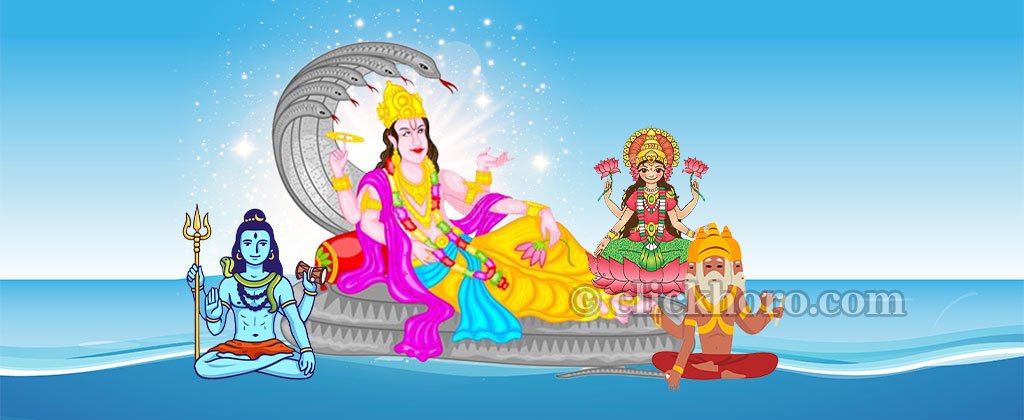







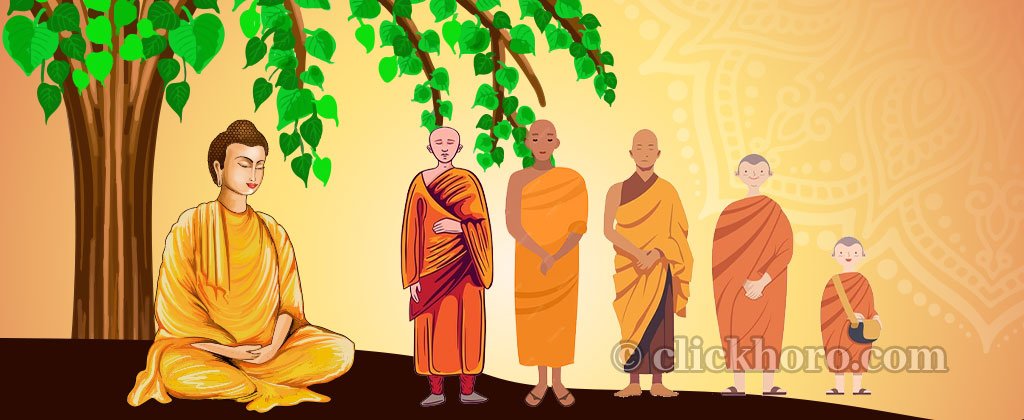


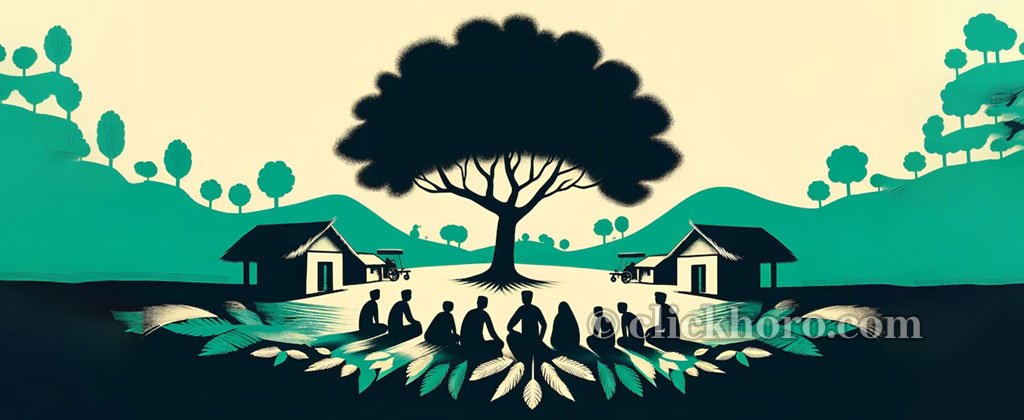



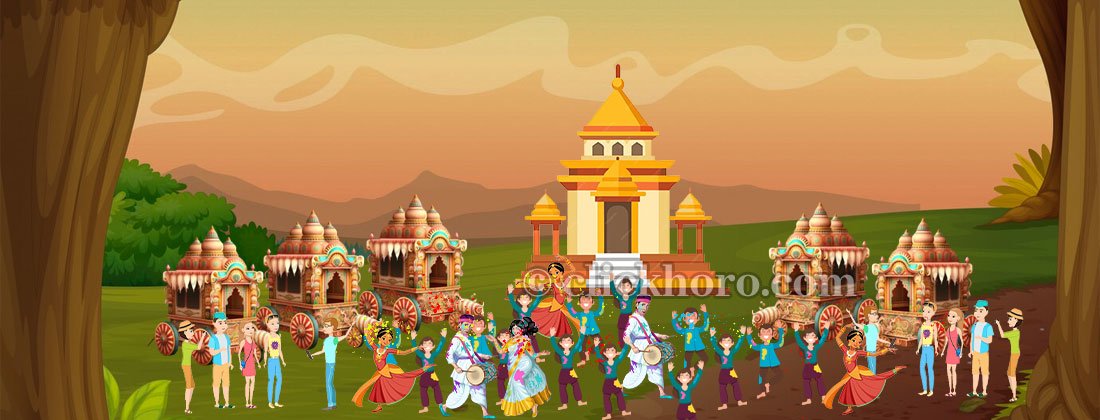
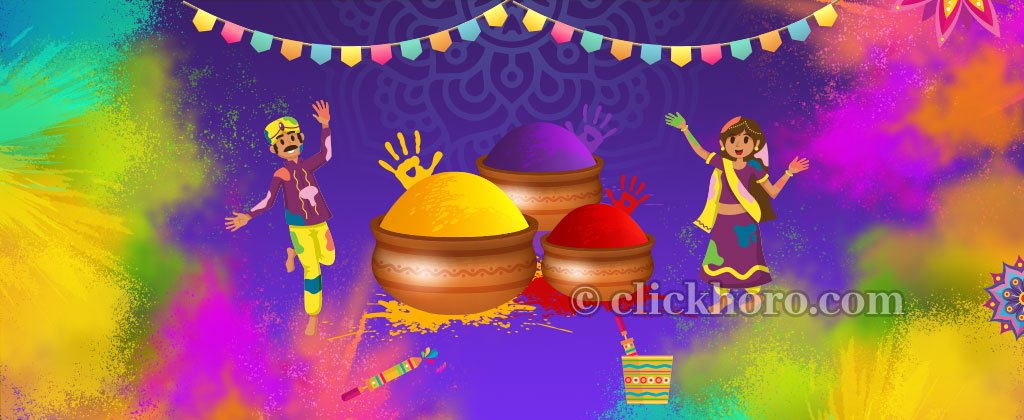







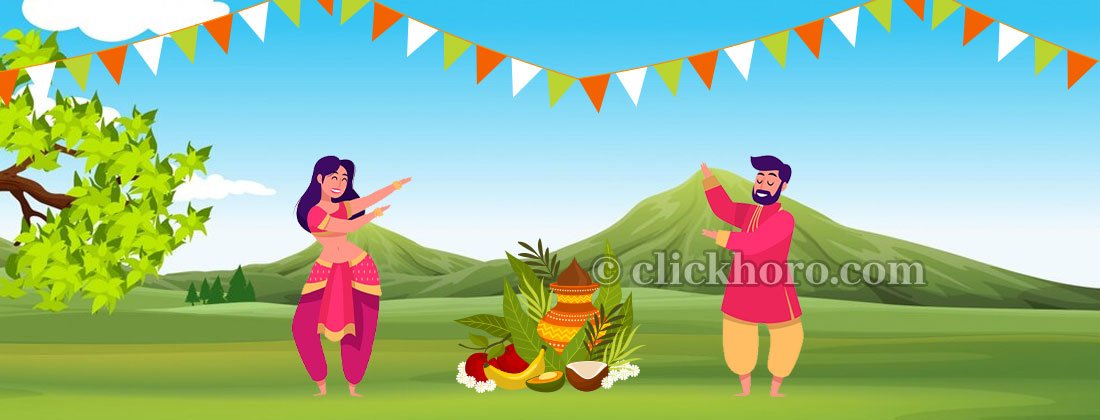
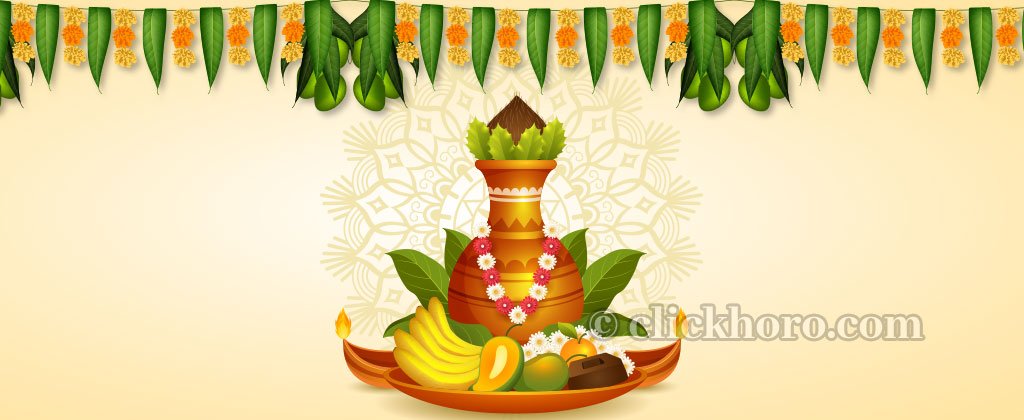



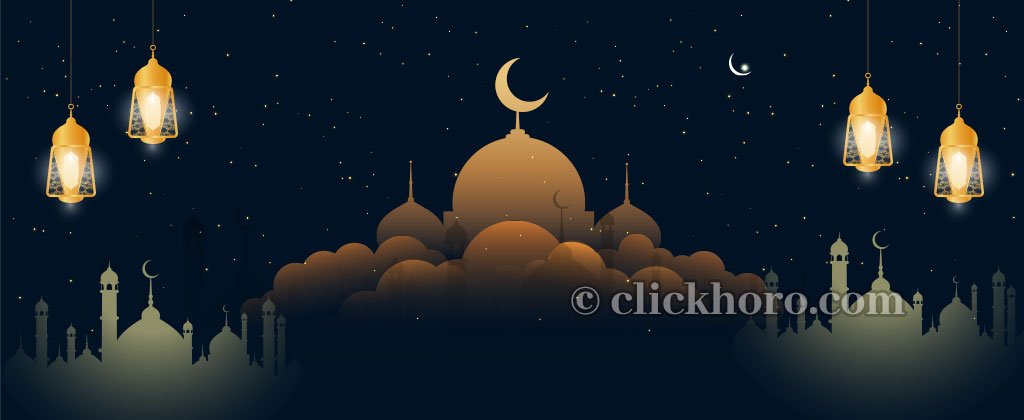

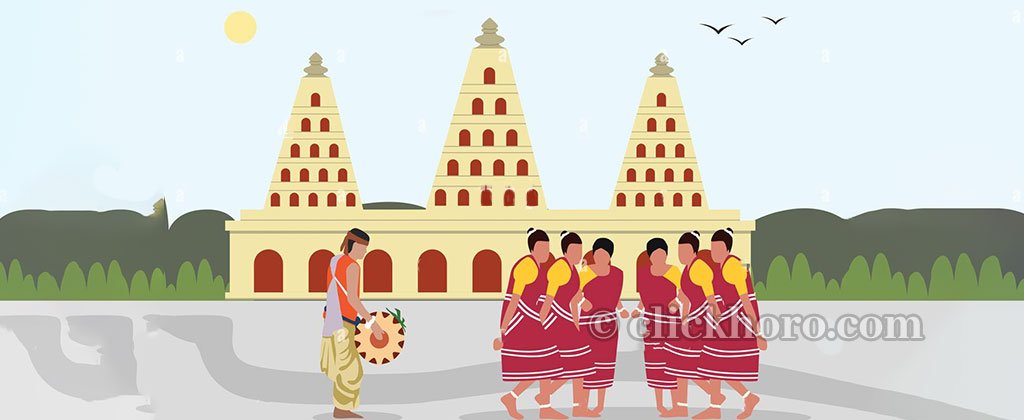







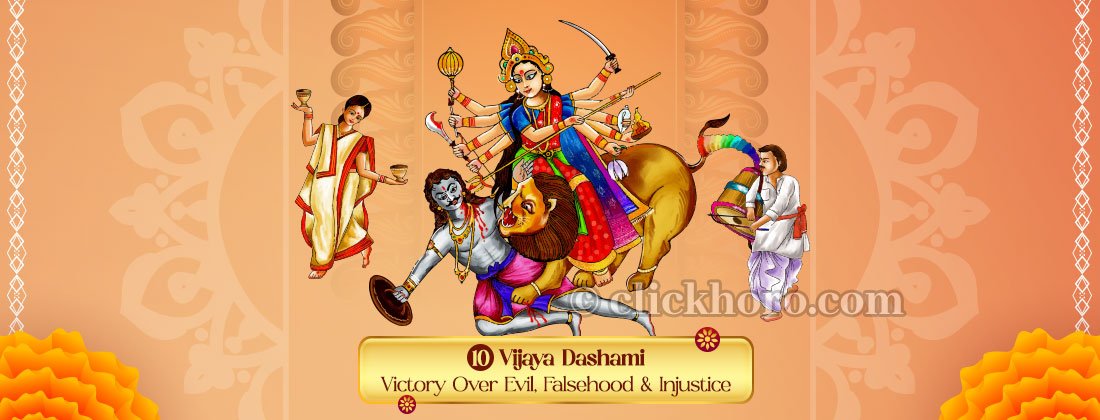
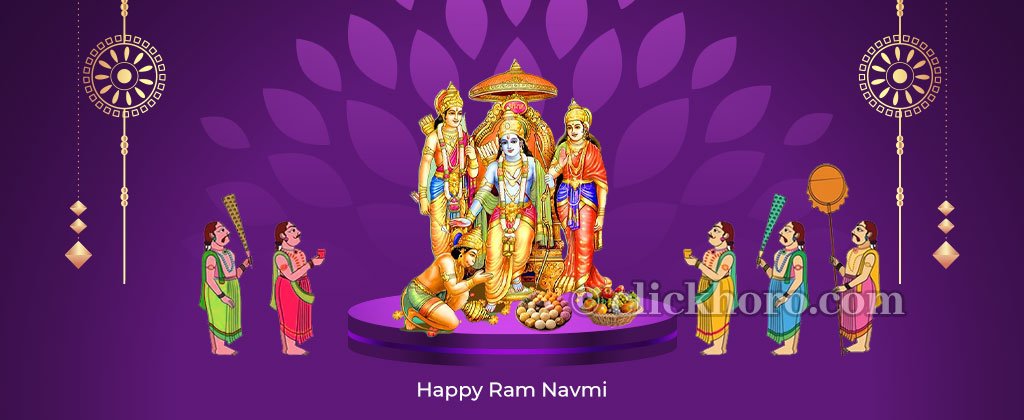
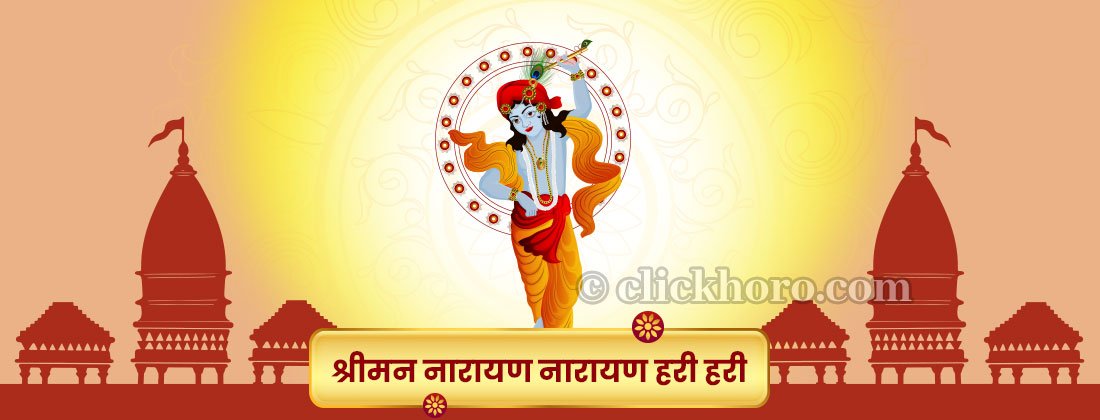


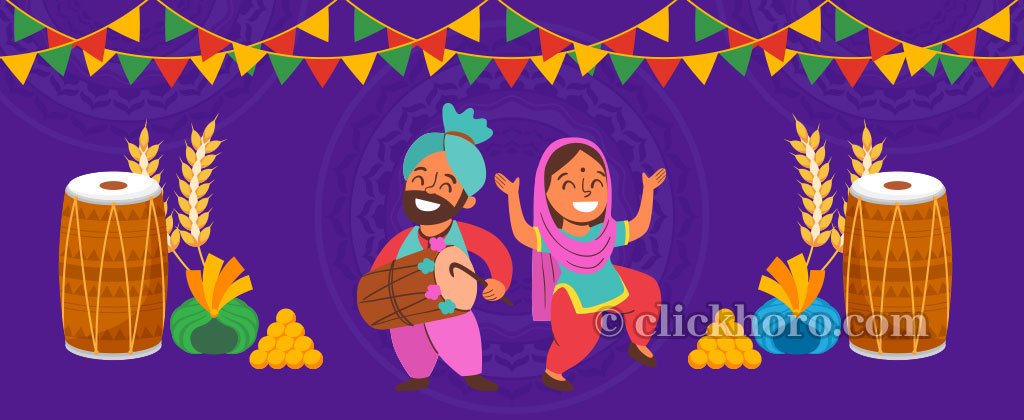





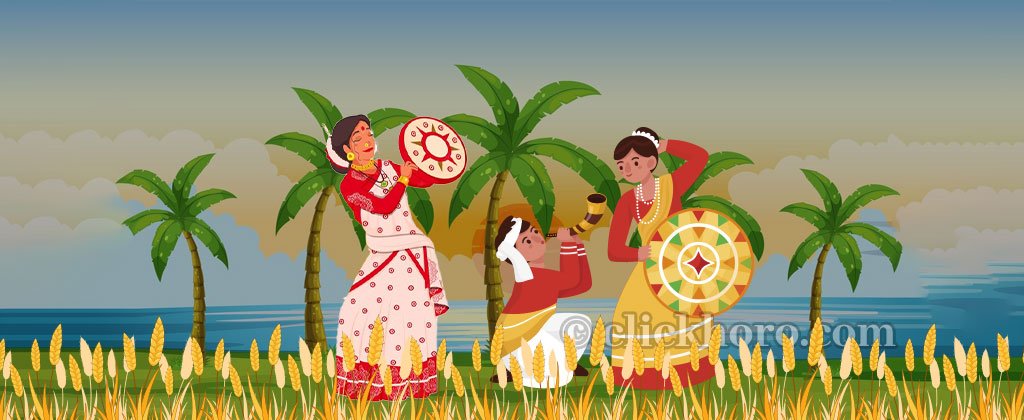


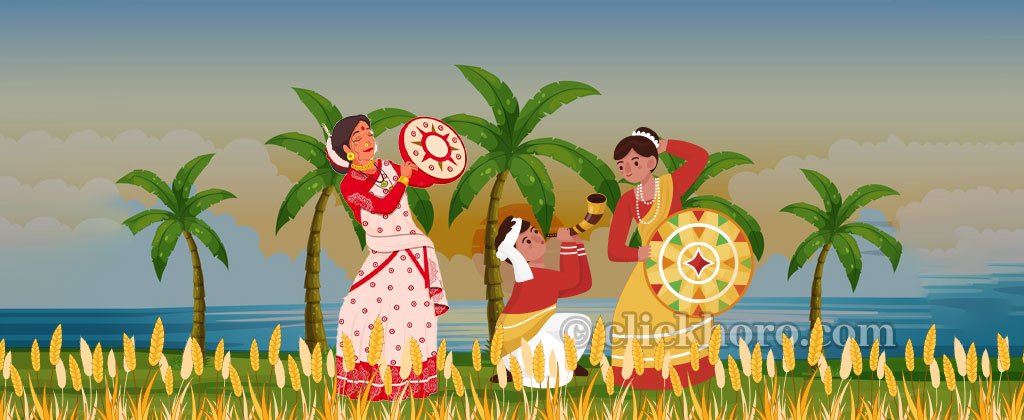













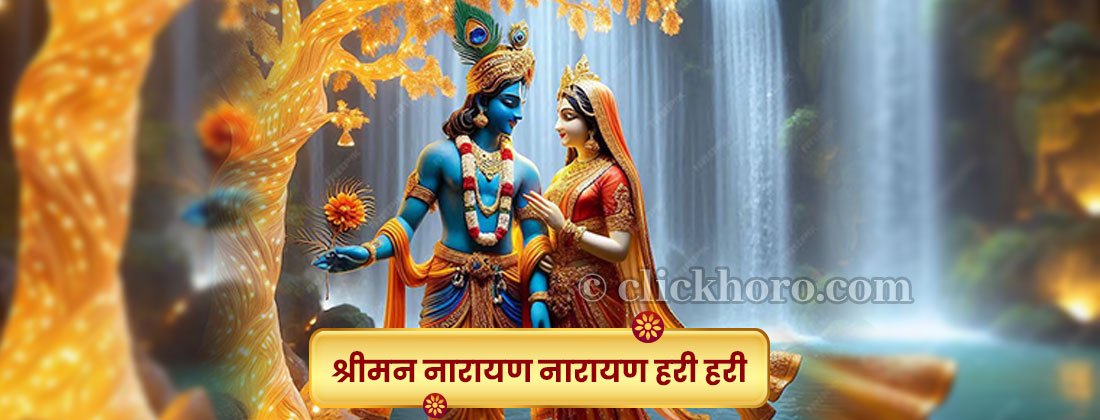
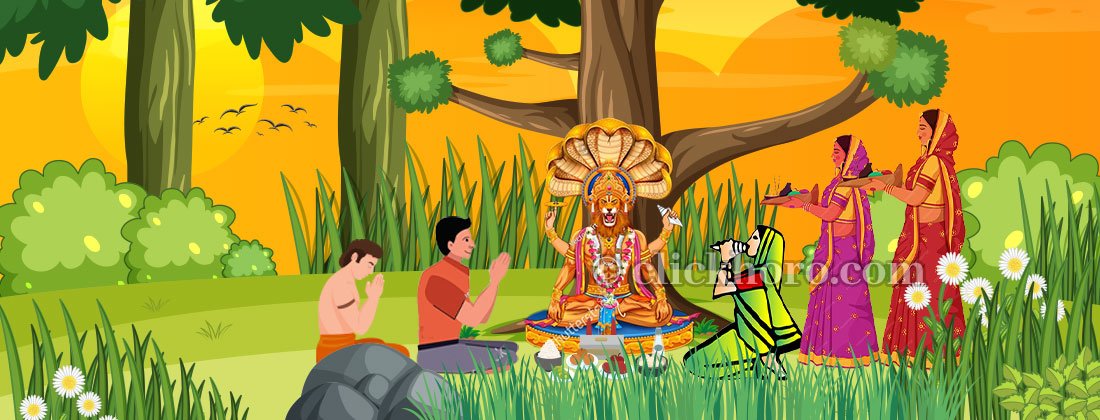
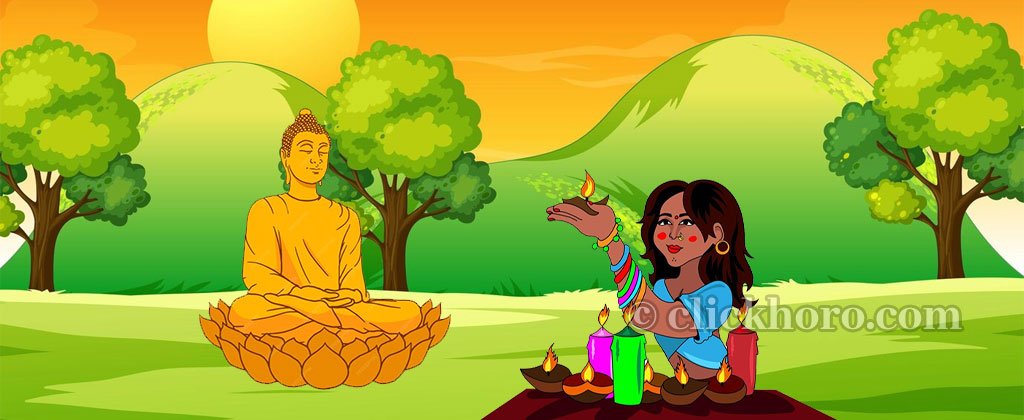


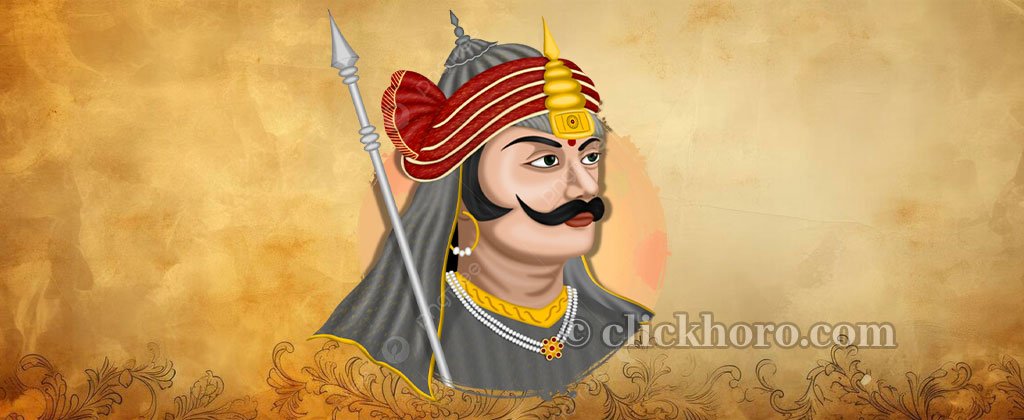

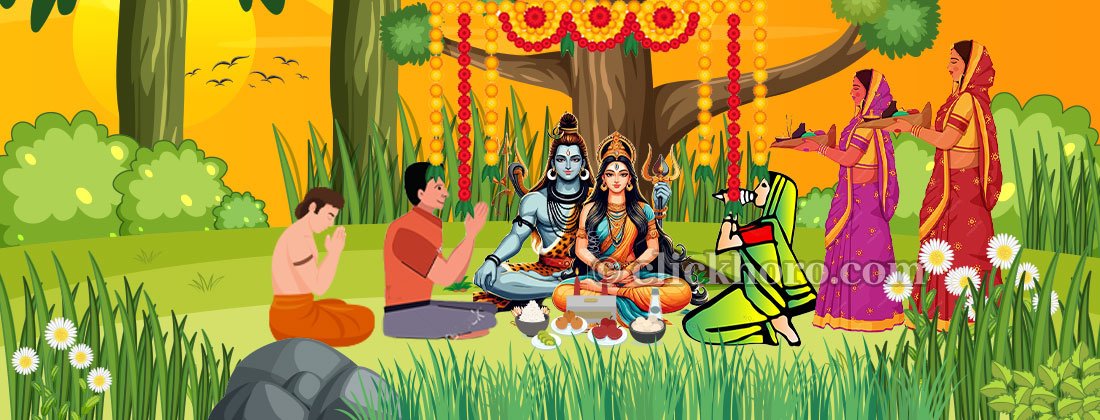

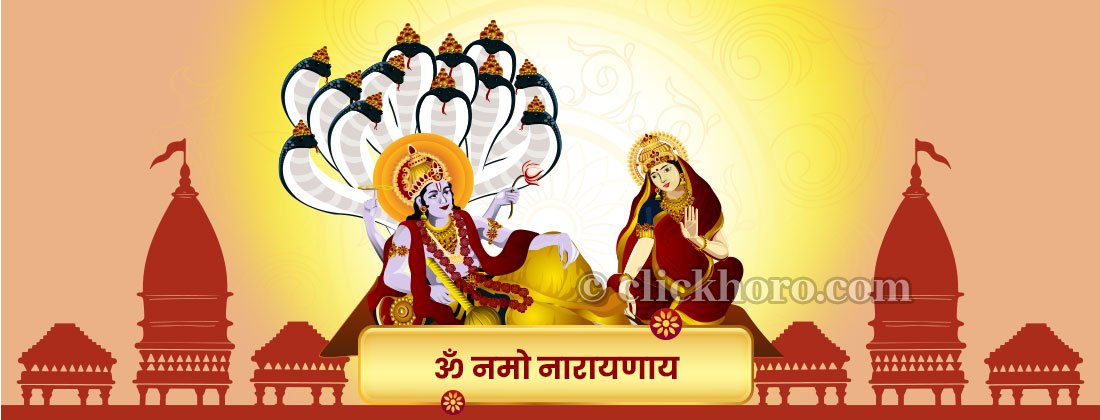

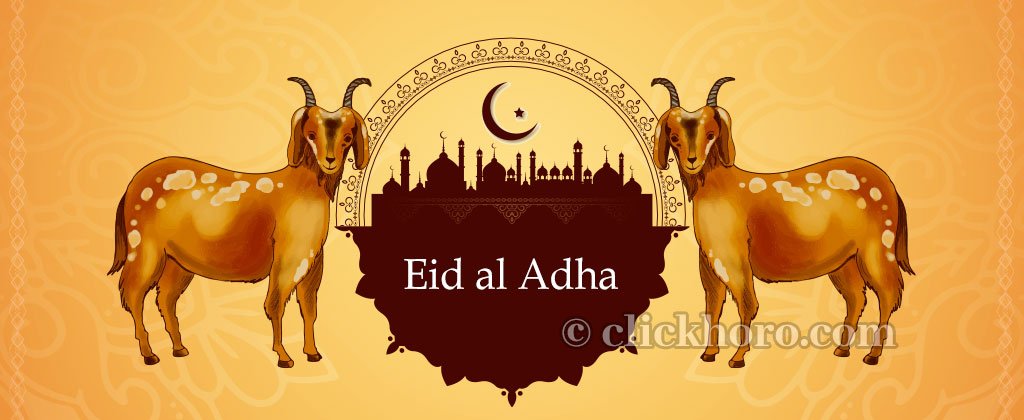
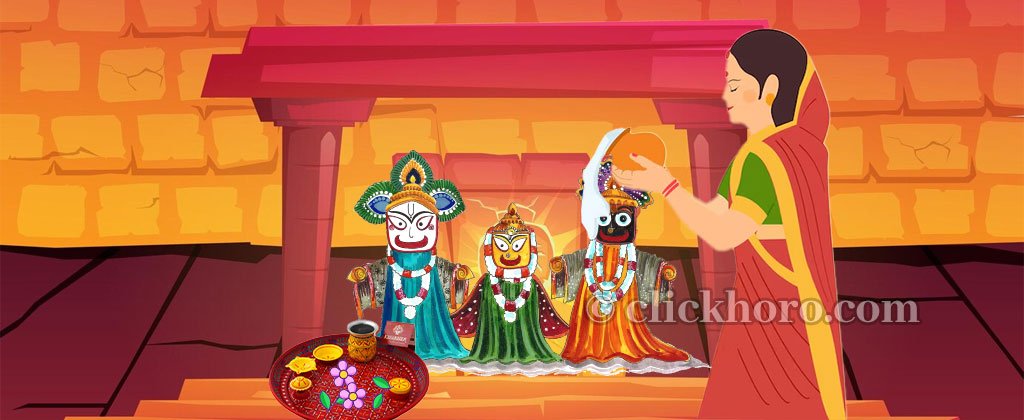







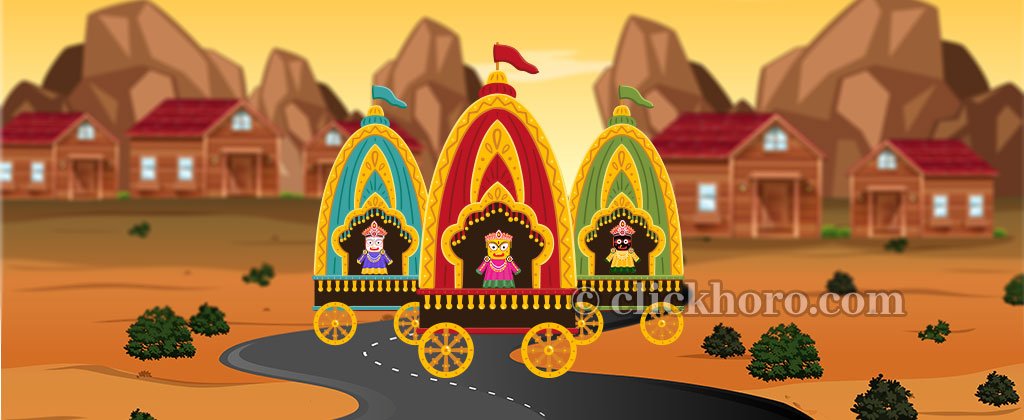
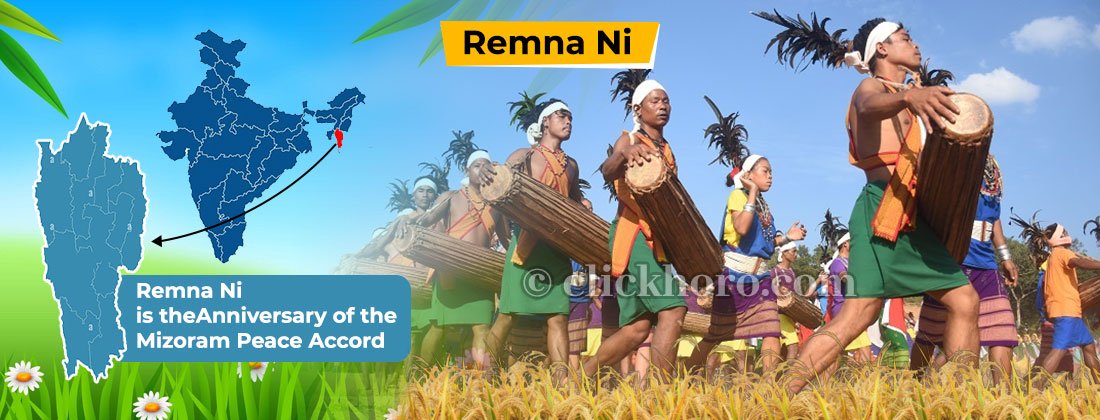













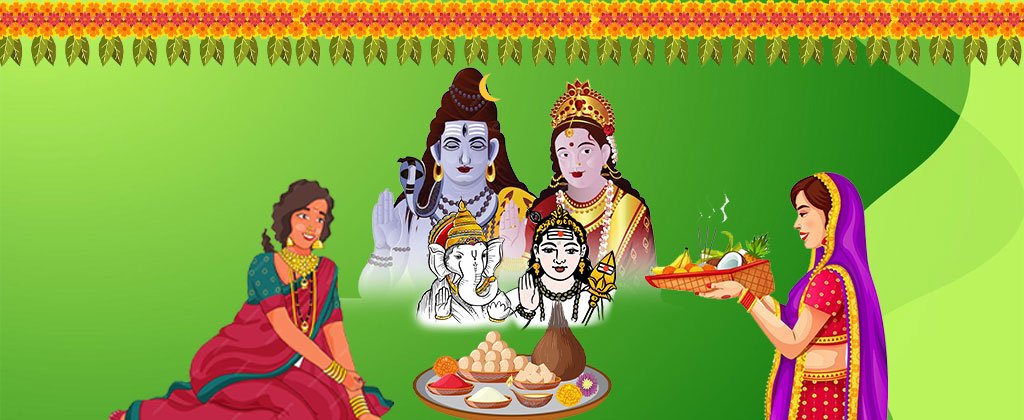
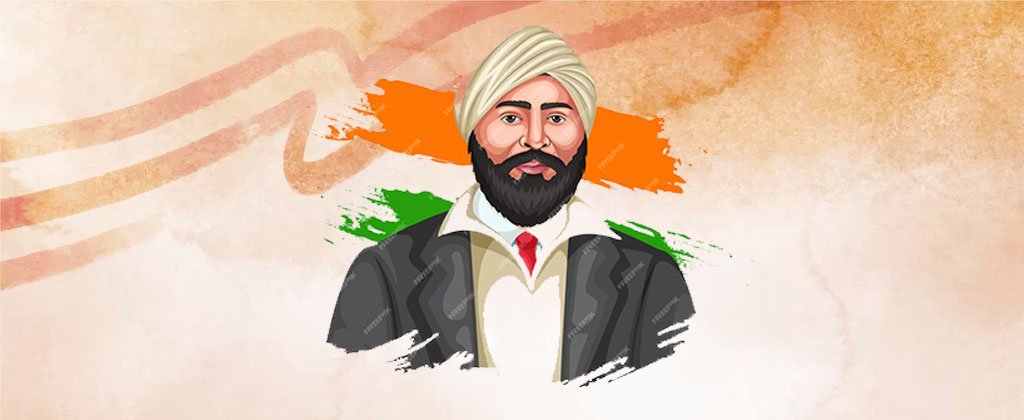



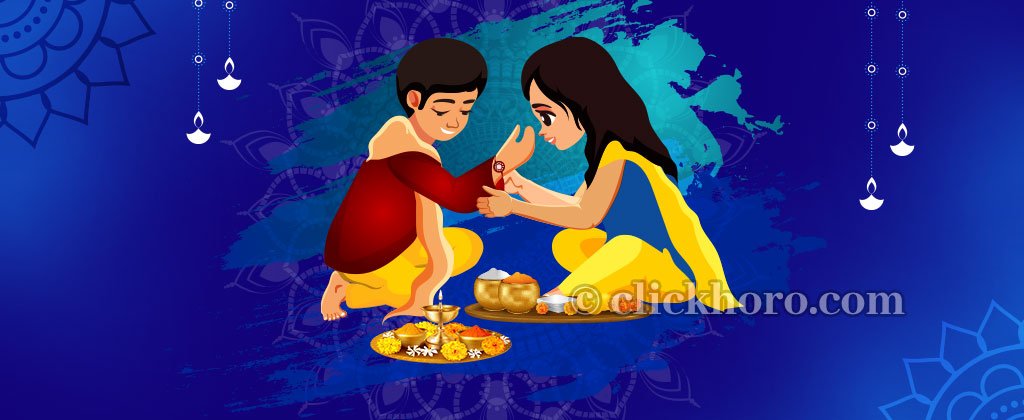








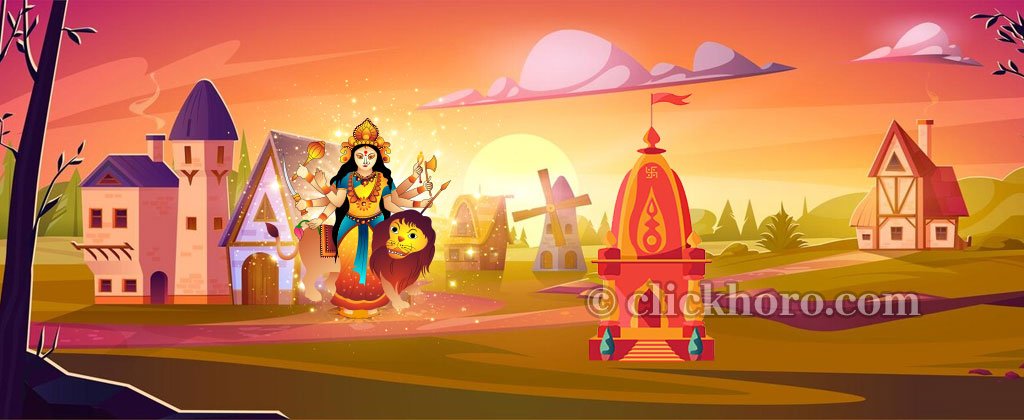
.jpg)
